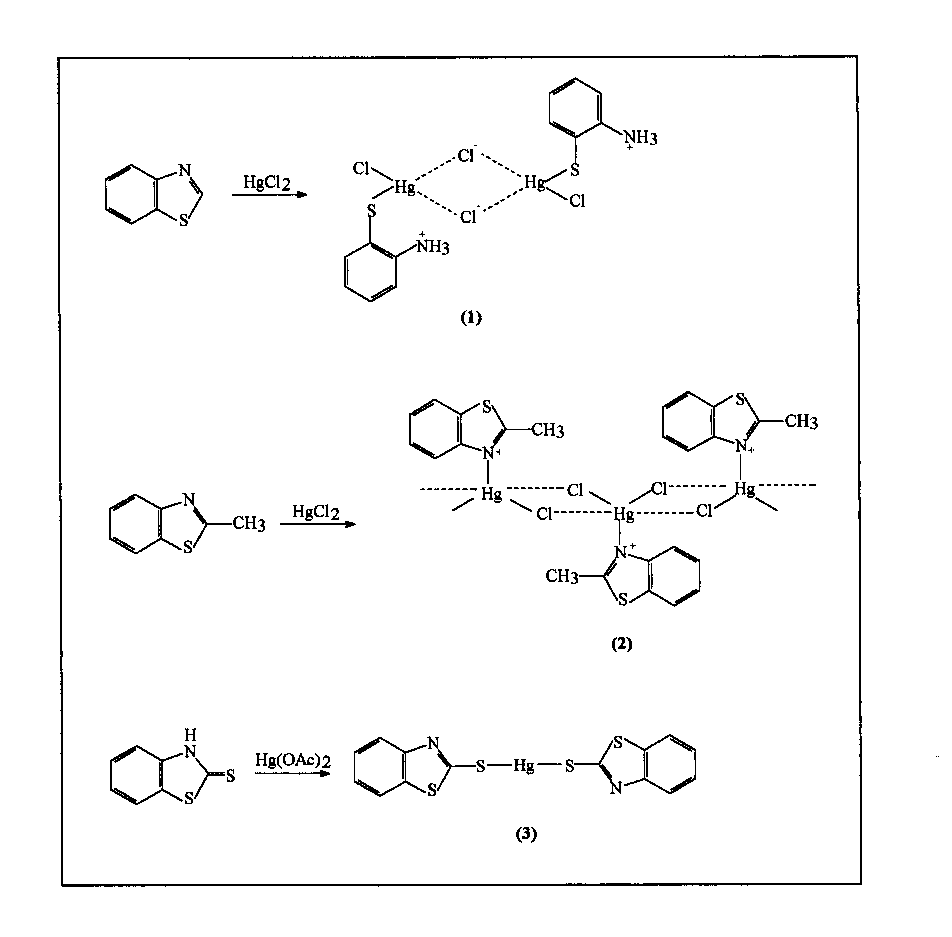
HELICAL AND LAYER MOTIFS IN CRYSTALS OF (R,R) TARTARIC ACID DERIVATIVES AND SALTS: THEIR IMPACT ON UNIT CELL DIMENSIONS AND SYMMETRY
Urszula Rychlewska
Faculty of Chemistry, Adam Mickiewicz
University, Poznan, Poland
urszula@krystal.amu.edu.pl
Keywords: (R,R)-tartaric acid derivatives, X-ray
crystallography, packing motifs
Studies on a mode of packing of chiral tartaric acid amides, esters and amine salts, and the resulting constraints on unit cell dimensions and symmetry have been carried out by X-ray methods.
Cases, where the C2 molecular symmetry is utilized in the crystal are limited to the dibenzoyl derivatives of methyl esters and methylamides of (R,R)-tartaric acid. In these crystals the packing is governed by either C(4) or C(5) hydrogen bond motifs which, by symmetry requirements, are formed at both ends of the molecule. They join translationally related species into infinite ribbons, in some cases further extended into infinite layers. Consequently, in these crystals there exists a two-fold symmetry axis and along this direction the unit cell parameter amounts to about 5 A. The crystals are hardly soluble in commonly used organic solvents, have relatively high melting points, and some display inclusion properties. Moreover, isomorphism is observed in this series.
Symmetrically substituted nonbenzoylated derivatives do not maintain their C2 symmetry in the crystal. Primary and secondary amides tend to form at one end of the molecule the C(4) hydrogen-bond motifs that join molecules related by translation, while at the other end they form either C(4) or C(7) hydrogen-bond motifs that join screw axis related molecules. If the two chains run in the same direction, patterns that resemble peptide helices are formed. The presence of a screw axis along the direction whose identity period is approximately 5 A is an indication of the existence of such helices. Similar patterns are also observed in monoamides where the role of amide C(4) translational motifs is taken over by carboxyl C(5) chains.
The highly organized helical arrangement of structural units
is observed in the crystal structure of the 1:2 salt of
(1S,2S)-diaminocyclohexane with (R,R)-tartaric acid. The
asymmetric unit of the unit cell of the P6522 symmetry
consists of one molecule of (S,S)-diaminocyclohexane, one
molecule of (R,R)-hydrogentartrate, half a molecule of
(R,R)-tartaric acid, half of an (R,R)-tartrate anion, and a water
molecule. The presence of all three ionisation states of
(R,R)-tartrate in one crystal is most unusual, as is the anti conformation
of the carboxyl group in (R,R)-tartaric acid. Association of
(S,S)-diaminocyclohexane and (R,R)-hydrogentartrate involves
three-centre hydrogen bonds between ammonium groups as donors and
-hydroxycarboxylate and -hydroxycarboxyl moieties as acceptors.
The remaining hydrogen bonds stabilize this motif and expand it
to three dimensions. The results provide some insights into the
enantioselective association of trans-1,2-diaminocyclohexane
with optically active tartaric acids, the main driving force
being the hydrogen bonding.
